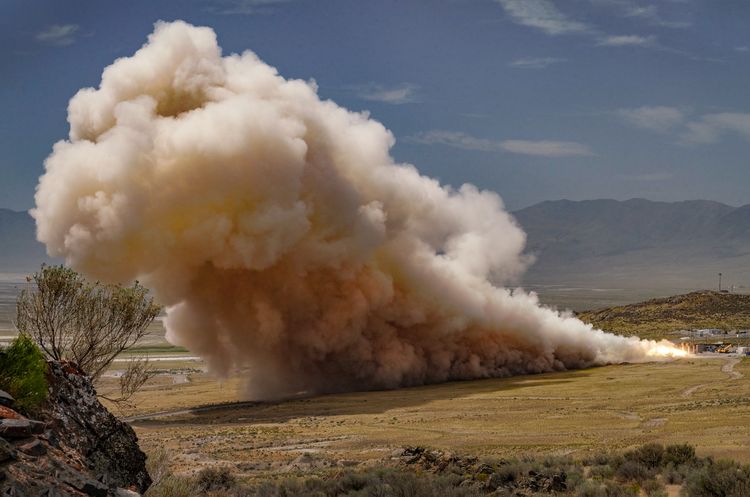
The very ground shook in Promontory, Utah, on Thursday, 13 August, as Northrop Grumman Corp. conducted its first full-scale static fire test of a new solid-fueled rocket motor which will help to propel United Launch Alliance’s (ULA) Vulcan-Centaur booster next year and beyond. The extended-length Graphite Epoxy Motor, measuring 63 inches (1.6 meters) in diameter, and correspondingly identified as “GEM-63XL”, burned for 90 seconds and generated almost 449,000 pounds (203,600 kg) of thrust. In doing so, Northrop Grumman took a significant stride forward in validating the performance of the motor’s internal insulation, the grain of its solid propellant, its ballistics and its nozzle. Two GEM-63XL boosters will fly on the Vulcan-Centaur’s maiden voyage no sooner than mid-2021 to deliver Astrobotic’s Peregrine lunar lander to the Moon.
Developed alongside ULA, as many as six GEM-63XL strap-on boosters can fly on the Vulcan-Centaur in a variety of configurations, helping to lift payloads ranging from 40,800 pounds (18,500 kg) to 60,000 pounds (27,200 kg) to low-Earth orbit and from 16,800 pounds (7,600 kg) to 31,700 pounds (14,400 kg) to geostationary altitude. Two GEM-63XLs will help boost Peregrine, with four slated to be attached to the Vulcan-Centaur when it launches the Sierra Nevada Corp. Dream Chaser on its inaugural mission to the International Space Station (ISS) late next fall.
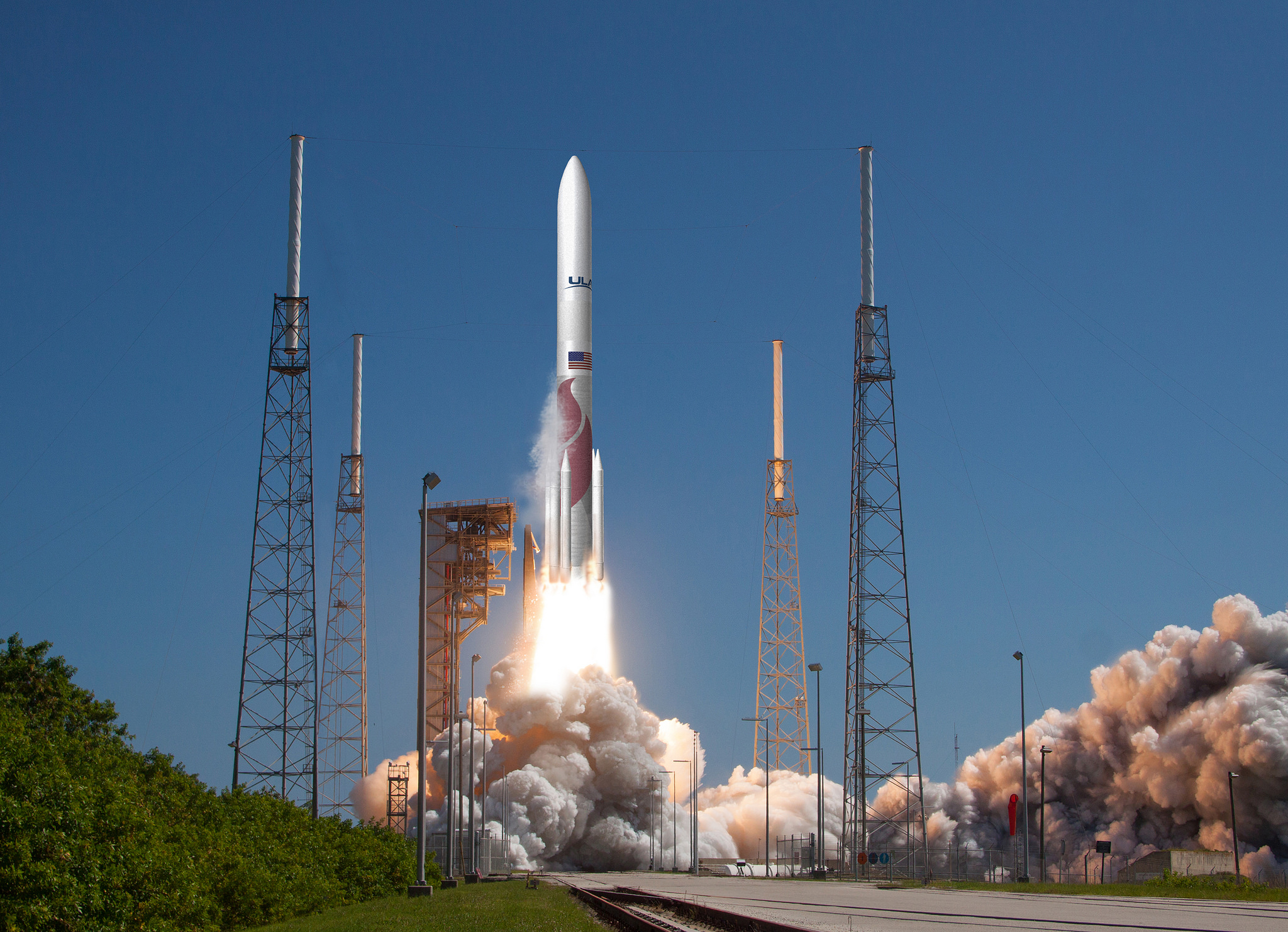
Northrop Grumman currently is developing two new boosters, one of which (the GEM-63) will be utilized with ULA’s currently-in-service Atlas V and the other (the GEM-63XL) in tandem with Vulcan-Centaur. Both designs draw on the long and successful heritage handed down by their predecessor, the 60-inch-diameter (1.5-meter) GEM-60 booster, which provided much of the liftoff muscle for the now-retired Delta IV Medium. And whereas the GEM-63 for Atlas V stands 65 feet (20 meters) high, the GEM-63XL is a little taller at 72 feet (22 meters), making it the longest, single-case solid-fueled motor ever built.
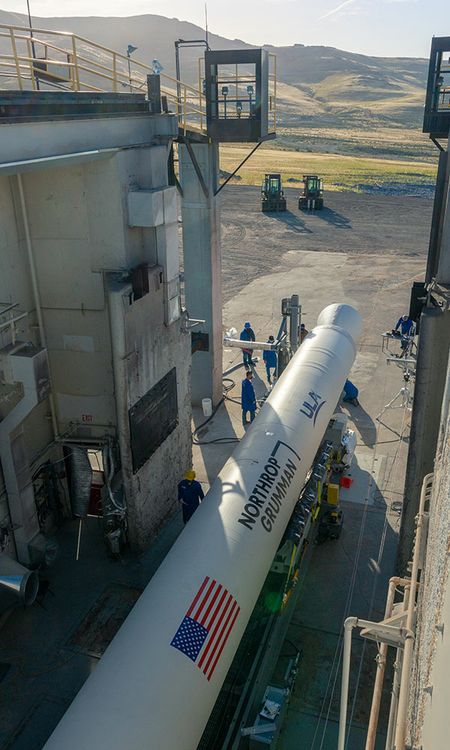
The origins of the GEM-63 date back to contracts awarded to Orbital ATK in September 2015, with a key aim to “significantly lower the price to ULA and to the U.S. government”. In tandem with the barebones booster for Atlas V operations, the extended-length GEM-63XL was developed for Vulcan.
“Since GEM-63 consists of the longest monolithic case manufactured (not necessarily the heaviest), it does pose some challenges such as transporting to the launch site,” Northrop Grumman’s Kendra Kastelan recently told AmericaSpace. “The booster size and weight are pushing the capabilities for over-the-road transport. Special transporters have been fabricated to transport the boosters to Cape Canaveral.”
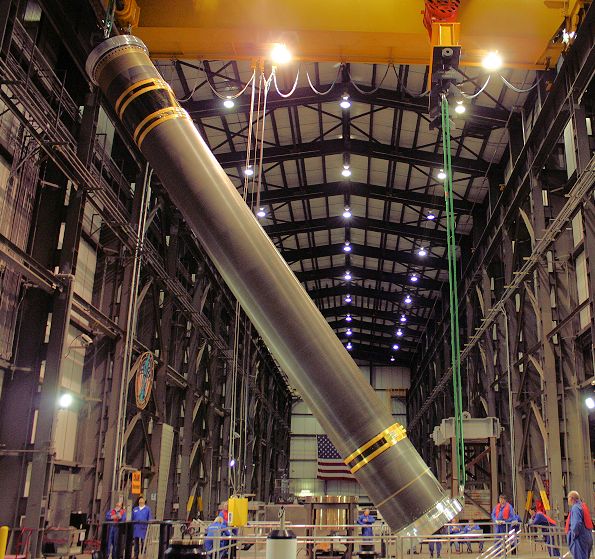
Within just three years, in September 2018 the GEM-63 completed its first 110-second static fire test at Northrop Grumman’s test area in Promontory, Utah, which qualified it for use on the Atlas V, followed by a second test in early 2019 which qualified it for Air Force missions. A third was completed last October to satisfy Air Force requirements, validate ballistic performance across the temperature range and optimize the nozzle. Northrop Grumman noted that Thursday’s test of the GEM-63XL “demonstrated materials and technologies” similar to those of last October’s GEM-63 test.
“Our new GEM-63XL motors leverage its flight-proven heritage, while utilizing state-of-the-art manufacturing technology to enhance launch vehicle heavy-lift capabilities,” said Charlie Precourt, vice president of propulsion systems at Northrop Grumman and a former Space Shuttle commander. “The GEM-63XL increases thrust and performance by 15-20 percent, compared to a standard GEM-63.”
Vulcan-Centaur entered the popular consciousness back in the late spring of 2014, when Russia’s sudden annexation of Crimea triggered concerns about ULA purchasing RD-180 rocket engines from a Russian company to power its Atlas V. In September of that year, ULA and Blue Origin agreed to jointly fund development of the liquid oxygen/liquefied natural gas BE-4 engine, with an expectation that it would support both companies’ Next Generation Launch Systems (NGLS), beginning in 2019. And in the fall of 2015, production of the engine was expanded to include the BE-4 to power ULA’s next booster.
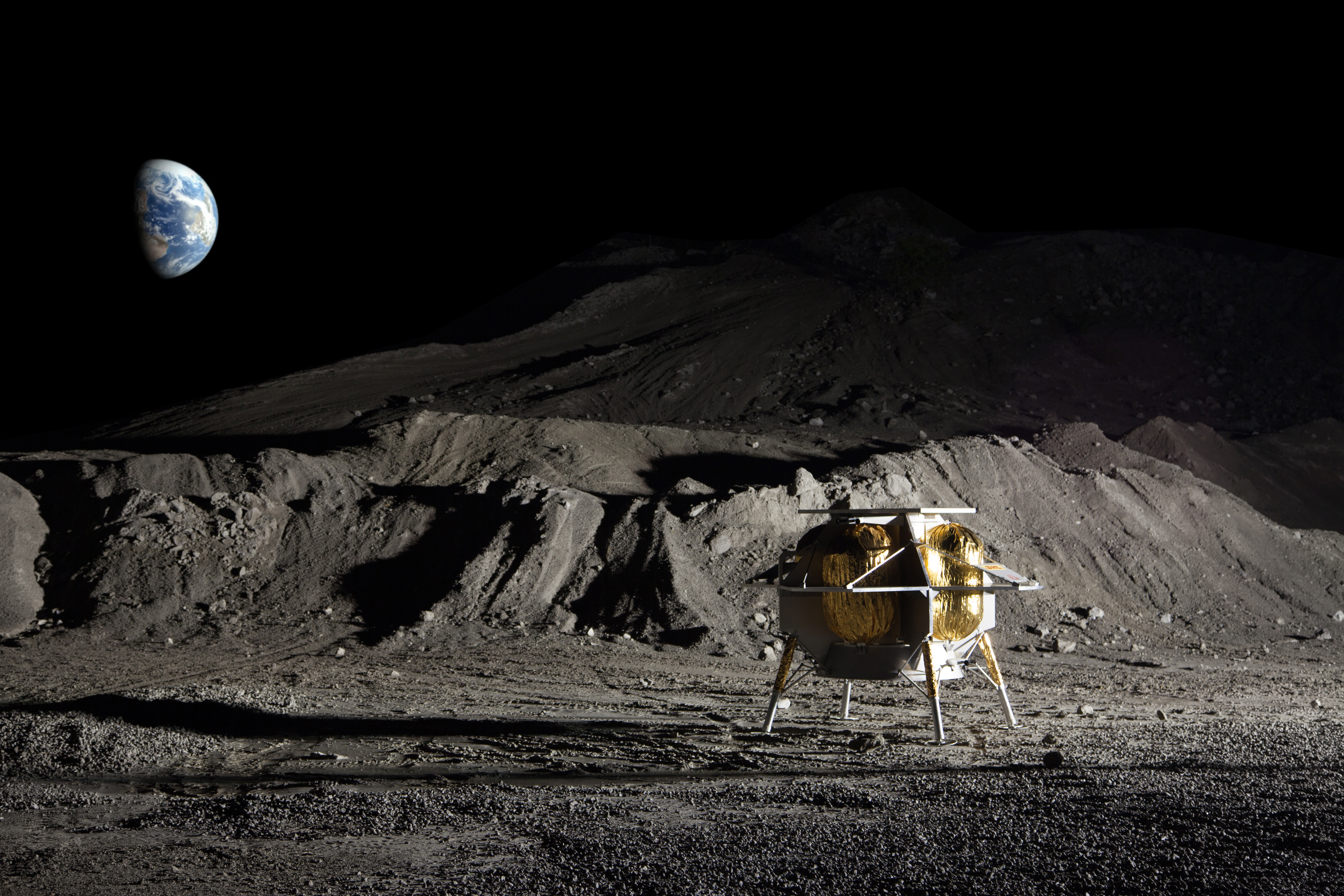
By this stage, that booster had drawn the name “Vulcan” from a group of five names proposed by ULA employees and space enthusiasts. Cited as “the highest-performing, most cost-efficient rocket on the market”, it will utilize a pair of BE-4 engines on its core stage with a combined propulsive yield of 1.1 million pounds (500,000 kg). Added to this, it can also carry up to six GEM-63XLs and a Centaur upper stage with twin RL-10 engines. In its most powerful configuration, the Vulcan-Centaur will deliver a liftoff “punch” of 3.8 million pounds (1.7 million kg).
Vulcan-Centaur smoothly passed its Preliminary Design Review (PDR) in early 2016, producing what ULA CEO Tory Bruno described as “a strong path” towards a first mission for the rocket in 2019. But the protracted development process caused this date to move inexorably to the right and with the completion of the Critical Design Review (CDR) last May the way forward was signaled for transition from the design phase into the formal qualification phase. At length, ULA indicated that the Vulcan-Centaur would stage its inaugural flight no earlier than 2021.
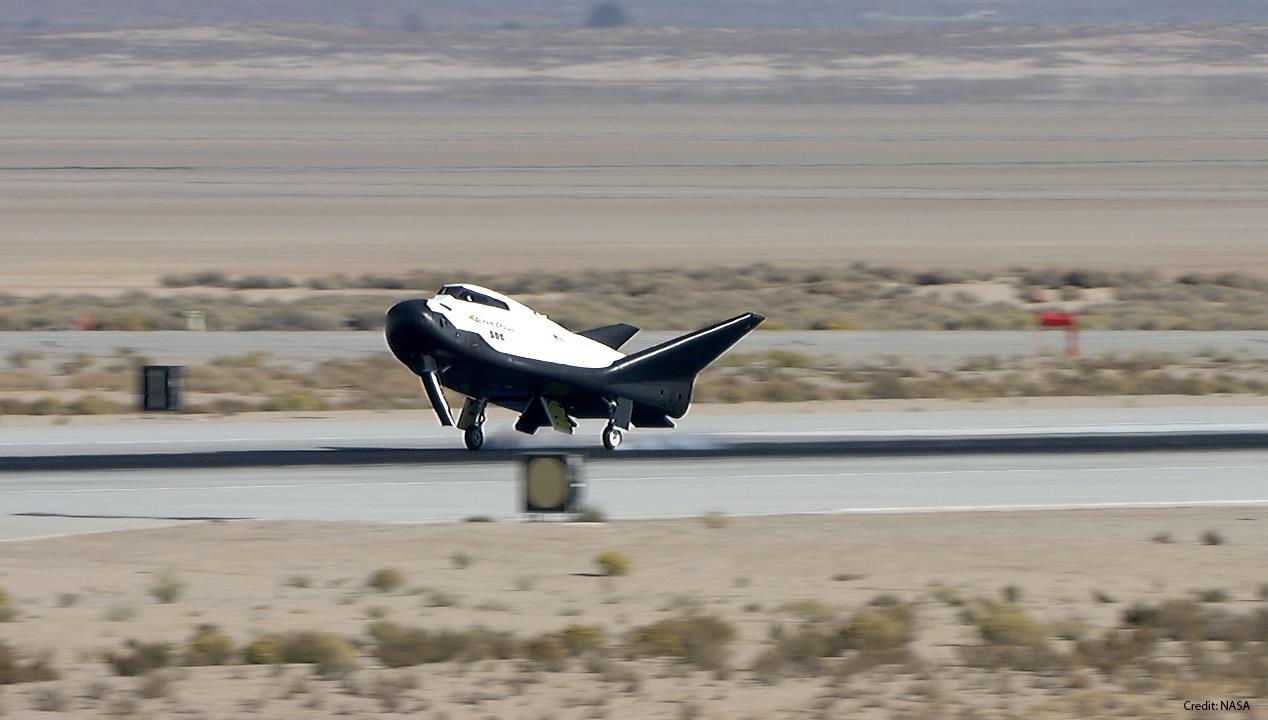
Payloads are gradually building for the new vehicle. In mid-2017, Astrobotic contracted with ULA to launch its Peregrine lunar lander “onboard a ULA launch vehicle” in 2019, with an original expectation that this might be an Atlas V, before confirmation last August that it would in fact ride the Vulcan-Centaur’s maiden voyage. In the very same week of August, Sierra Nevada Corp. revealed that its Dream Chaser spacecraft—one of three cargo vehicles for the International Space Station (ISS), under the Commercial Resupply Services (CRS2) contract—will also fly atop the Vulcan-Centaur. Six Dream Chaser missions are currently contracted to NASA.
Additionally, as a long-time provider of launch services to America’s national security agencies, it is unsurprising that Vulcan-Centaur will continue this heritage. In September 2016, ULA and the Air Force’s Space and Missile Systems Center (SMC) started the certification process to support future National Security Space Launch (NSSL) missions. Earlier this month, ULA won a 60-percent share of the NSSL contract and will launch a range of national security payloads via the Atlas V, Delta IV Heavy and Vulcan-Centaur vehicles through 2027.




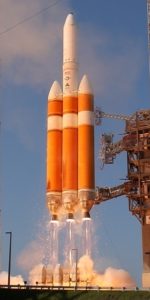

What is the difference in testing here in Utah or at Stennis, AL? Seems like there’s much more expense involved in the Stennis site than in Utah.